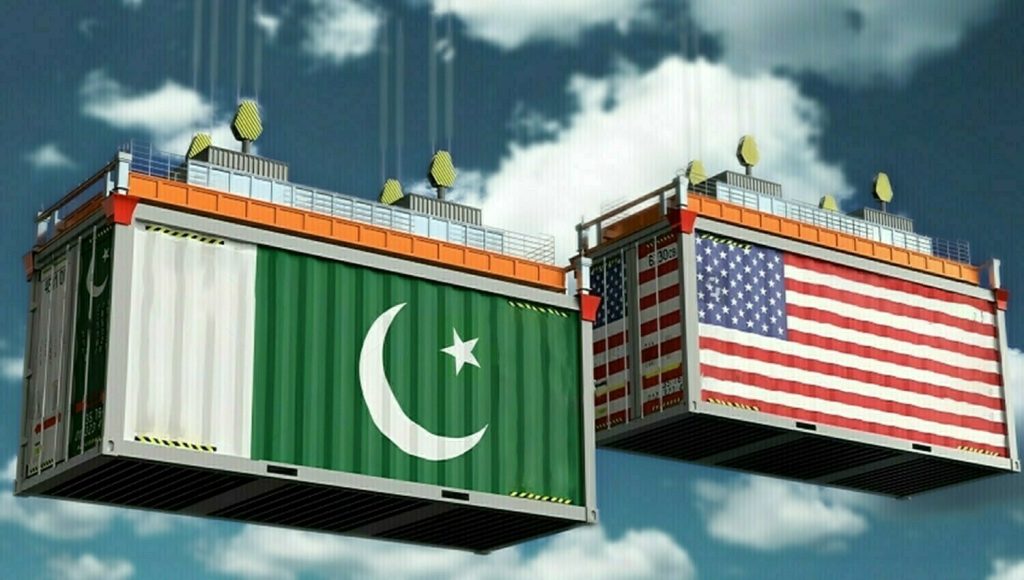In a significant development signaling a fresh chapter in economic cooperation, Pakistan and the United States have finalized a landmark trade deal that includes joint development of Pakistan’s oil reserves and a reduction in reciprocal tariffs on Pakistani exports to the U.S.
The agreement was concluded following intensive negotiations held in Washington, led by Pakistan’s Finance Minister Muhammad Aurangzeb, U.S. Commerce Secretary Howard Lutnick, and U.S. Trade Representative Jamieson Greer. The deal addresses mutual interests across energy, mining, information technology, cryptocurrency, and digital infrastructure.
In a public statement, the Finance Ministry of Pakistan described the agreement as a “beginning of a new era” in economic collaboration, noting it will enhance Pakistan’s access to U.S. markets and attract investment, while also facilitating long-term trade expansion into diverse sectors.
President Donald Trump, announcing the accord on social media, remarked:
“We have just concluded a Deal with the Country of Pakistan, whereby Pakistan and the United States will work together on developing their massive Oil Reserves… We are in the process of choosing the Oil Company that will lead this Partnership.”
Although the exact tariff rates were not disclosed, both parties confirmed that the deal includes a reduction in reciprocal tariffs, aiming to make Pakistani exports more competitive in the U.S. market. This is a welcome move for industries such as textiles, IT services, and minerals, which seek broader global reach.
Following the announcement, Pakistani Prime Minister Shehbaz Sharif expressed gratitude to President Trump, calling the agreement “historic” and a testament to the deepening economic alliance between the two countries. Finance Minister Aurangzeb referred to it as a “win‑win” agreement that aligns trade and investment objectives, while transitioning Pakistan toward higher-value strategic partnerships.
Why This Deal Matters
- Energy Security: U.S. collaboration in oil exploration could unlock new energy resources in Pakistan, fostering long-term economic resilience.
- Export Strengthening: Lower tariffs will benefit exporters across various sectors, potentially boosting Pakistan’s export volumes.
- Foreign Investment: The agreement is expected to attract U.S. investment into Pakistan’s infrastructure, energy, and digital transformation initiatives.
- Strategic Alignment: This deal aligns with Pakistan’s “Uraan Pakistan” economic vision by reinforcing sectors like digital economy, minerals, and sustainable growth models.
Pakistan’s trade surplus with the U.S. stood at $3 billion in 2024, largely driven by textile exports. By diversifying trade into energy and technology and easing tariff burdens, the country is positioning itself for sustainable economic growth.



Comments (0)
No comments yet. Be the first to comment!
Leave a Comment